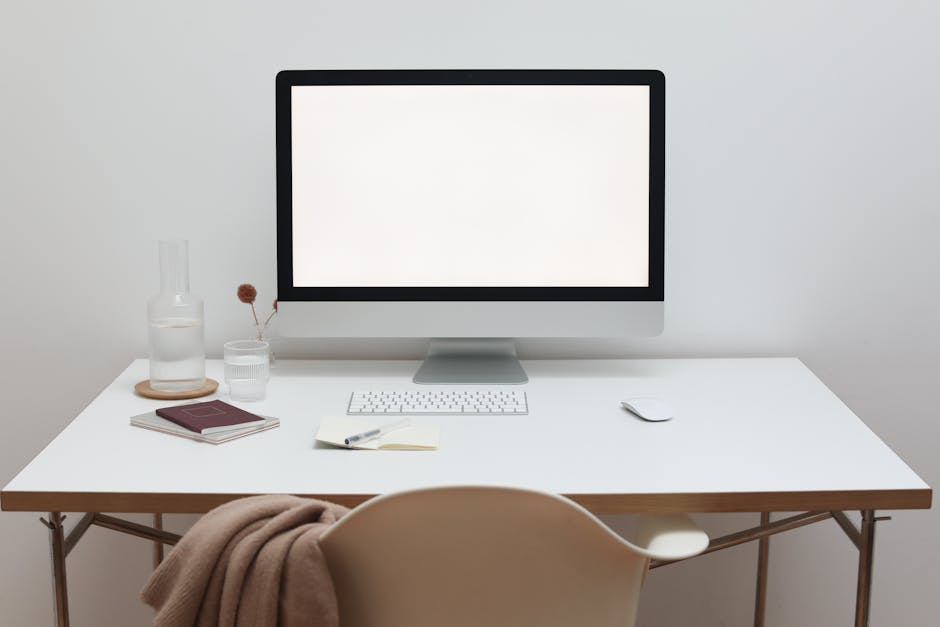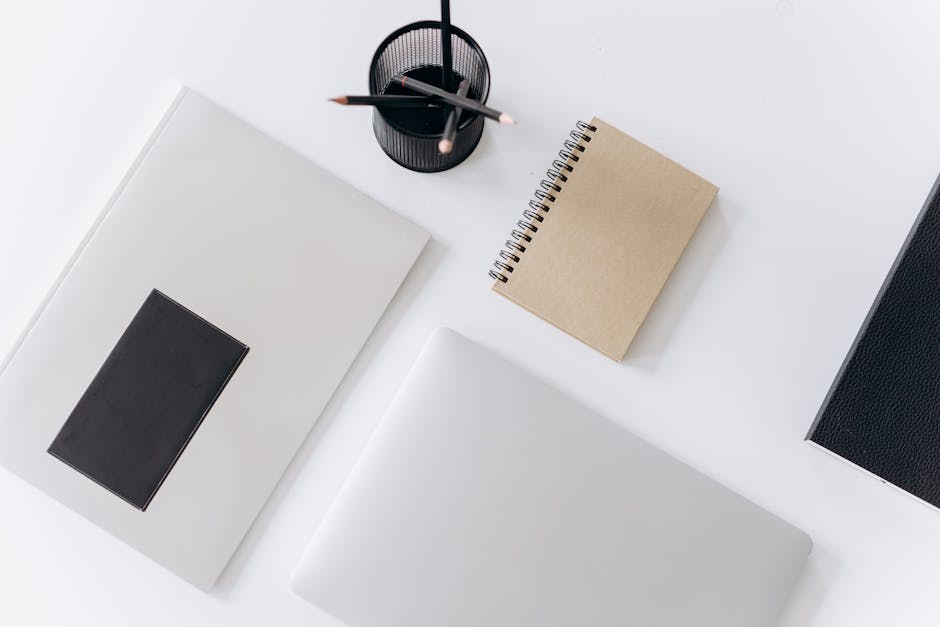10 Essential Office Design Tips to Boost Productivity and Creativity
"A well-designed office space can significantly impact employee productivity, creativity, and overall well-being. In this article, we share 10 essential office design tips to help you create a workspace that inspires and motivates your team, while promoting collaboration and efficiency. "

In today's competitive business landscape, creating an office environment that fosters productivity, creativity, and collaboration is more important than ever. A well-designed workspace can not only boost employee morale and engagement but also contribute to the overall success of your organization.

Here are 10 essential office design tips to help you create an inspiring and efficient workspace:
1. Prioritize Natural Light
Incorporating natural light into your office design can have a profound impact on employee well-being and productivity. Studies have shown that exposure to natural light can reduce eye strain, improve mood, and boost cognitive performance. Consider positioning workstations near windows and using light-filtering blinds to optimize natural light while minimizing glare.
2. Embrace Ergonomic Furniture
Investing in ergonomic furniture is crucial for promoting employee comfort and preventing work-related injuries. Adjustable chairs, standing desks, and monitor arms can help employees maintain proper posture and reduce the risk of musculoskeletal disorders. By prioritizing ergonomics, you demonstrate your commitment to employee well-being and create a more comfortable and productive work environment.
3. Create Flexible Workspaces
In the era of hybrid work, it's essential to design an office that accommodates various work styles and preferences. Incorporate a mix of collaborative spaces, quiet zones, and private meeting rooms to cater to different tasks and personalities. Flexible workspaces allow employees to choose the environment that best suits their needs, leading to increased productivity and job satisfaction.

4. Incorporate Biophilic Design Elements
Biophilic design, which incorporates natural elements into the built environment, has been shown to reduce stress, improve cognitive function, and enhance overall well-being. Incorporate plants, natural materials, and nature-inspired colors and patterns into your office design to create a calming and restorative atmosphere. Even small touches, such as a living wall or a few potted plants, can make a significant difference in the look and feel of your workspace.
5. Encourage Movement and Activity
Sitting for prolonged periods can have detrimental effects on employee health and productivity. Encourage movement and activity by designing an office layout that promotes walking and standing. Consider how to adjust your open office space for activity by incorporating standing desks, treadmill workstations, or even an on-site gym. Encouraging regular breaks and providing spaces for stretching and exercise can help employees stay energized and focused throughout the day.
6. Optimize Acoustics
Poor acoustics can be a major source of distraction and stress in the workplace. Invest in sound-absorbing materials, such as acoustic panels, carpeting, and soft furnishings, to minimize noise pollution and create a more peaceful work environment. For open-plan offices, consider using sound-masking systems or designating quiet zones to help employees concentrate and avoid disruptions.

7. Create Inspiring Breakout Spaces
Breakout spaces are essential for fostering collaboration, creativity, and informal interactions among employees. Design inviting and comfortable areas where team members can gather to brainstorm, socialize, or simply take a break from their desks. These spaces can include lounge areas, coffee bars, or even outdoor terraces, depending on your office layout and company culture.
8. Implement Effective Wayfinding
Navigating a large or complex office can be frustrating and time-consuming for employees and visitors alike. Implement an effective wayfinding system using clear signage, color-coding, and intuitive layouts to help people find their way around easily. Consider incorporating digital meeting conference room signage to display real-time information about room availability and upcoming meetings.
9. Personalize Workspaces
Allowing employees to personalize their workspaces can boost morale, creativity, and a sense of ownership. Encourage team members to add personal touches, such as photos, artwork, or plants, to their desks or cubicles. By creating a workspace that reflects their personality and style, employees are more likely to feel comfortable and engaged in their work environment.
10. Regularly Assess and Adapt
As your company grows and evolves, so should your office design. Regularly assess the effectiveness of your workspace and gather feedback from employees to identify areas for improvement. Be open to adapting your office layout and design elements to better suit the changing needs of your team and organization. By continuously optimizing your workspace, you can ensure that it remains a source of inspiration, productivity, and well-being for years to come.

In conclusion, designing an office that prioritizes employee well-being, productivity, and creativity is essential for the success of any organization. By implementing these 10 essential office design tips, you can create a workspace that inspires and motivates your team, fosters collaboration, and contributes to the overall success of your business. Remember, investing in a well-designed office is an investment in your company's most valuable asset: your employees.
Want to learn more about Hybrid Work?
Explore our complete guide with more articles like this one.


